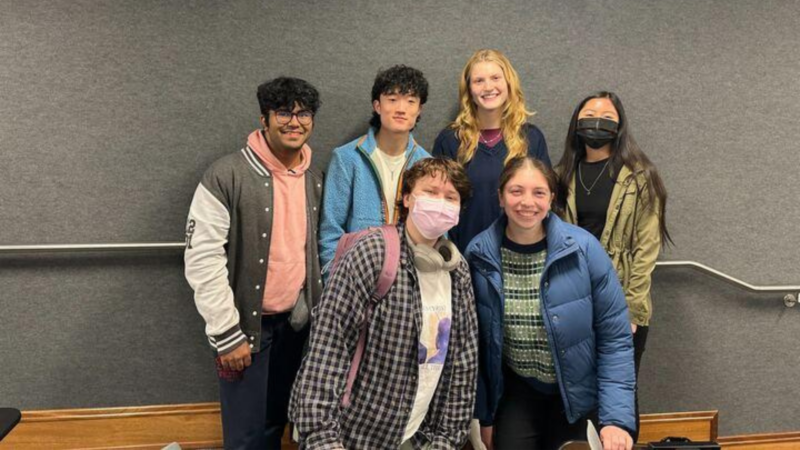The 2023 Irrigation Team will investigate the water usage across various irrigation types at turf areas on campus and calculate water savings associated with converting these areas to native landscaping with water-efficient irrigation systems. To estimate current water use and future savings, the team will create reference tables of water use estimates for various irrigation and plant types. Finally, the team will perform a detailed cost-benefit analysis to determine the cost savings associated with water-efficient landscaping, as compared with the initial costs of turf conversion and irrigation replacement.
As California faces continuous drought and water scarcity, water conservation has become an increasingly important component of sustainability. In an effort to reduce water consumption, UCLA has set a goal of reaching a 36% reduction in water use by 2025 as compared to the 2005-2008 baseline. One target area in achieving this goal is UCLA’s irrigation. In the Landscape Plan, UCLA has identified irrigation systems and monoculture landscapes that can be converted into native landscapes with drip irrigation to reduce water usage. By following these plans, UCLA is estimated to reduce its water usage by an estimated 16.6 million gallons per year.
The Facilities department lacks crucial information on the water savings associated with irrigation conversions at specific locations. UCLA’s irrigation systems are composed of a wide variety of irrigation rotors and sprinkler heads that each output a different amount of water, and UCLA lacks flow meters that can track the output of each of these sprinkler heads individually. Additionally, the amount of water savings will also vary based on the species of native plants that are installed in a specific location, which UCLA has not considered in its estimates.
This year’s Irrigation Project will continue to find innovative ways to improve UCLA’s irrigation practices from its plant palette choices to its sprinkler system. From the information and data provided by the Facilities Department, Grounds Team, Irrigation Team, and key informants, we aim to categorize water savings by irrigation type and plant palette. We will then consolidate all costs, water-saving benefits, and financial benefits pertaining to turf conversion into reference tables organized based on irrigation type and landscaping zone, and use this to calculate the amount of time it will take UCLA to receive a return on their investment. We hope this cost-benefit analysis will become a point of reference for upcoming landscape initiatives as UCLA prioritizes locations for turf conversion. Furthermore, this project will explore ways to incorporate the student body in educational workshops to increase knowledge of native plants that pay homage to the traditional land of Tovaangar. Such a program would greatly improve students’ relationships with campus landscaping, increase students’ sense of place and belonging on this campus, and instill environmentalist thinking into the student body.
Stakeholders:
Justin Wisor, UCLA Facilities Management Custodial & Grounds Director
Greg Luna, UCLA Facilities Management Senior Superintendent of Grounds
Team Leaders: Gabby Bates, Sophie Rockefeller
Team Members: Abigail Giardina, Nalin Jayaswal, Kentaro Matsunaga, Hailey Sarmiento

